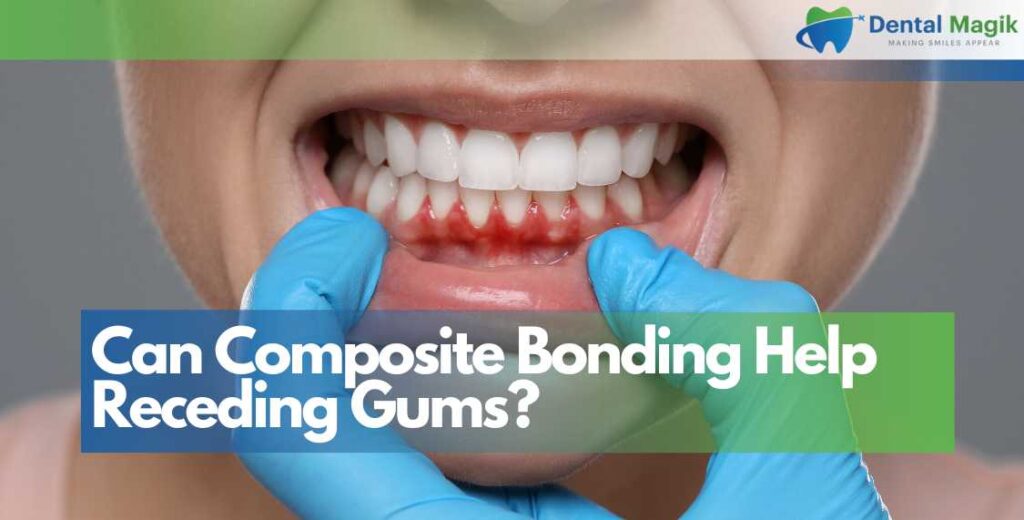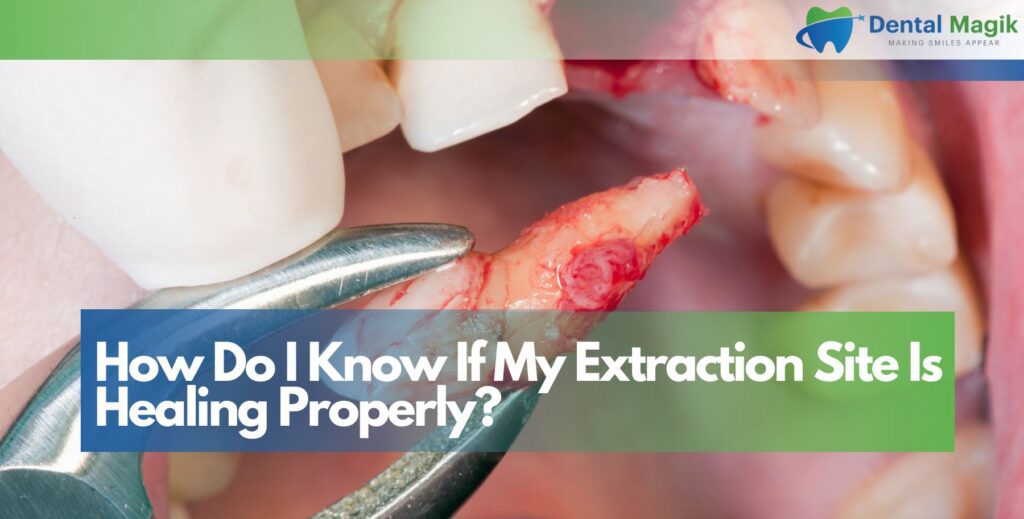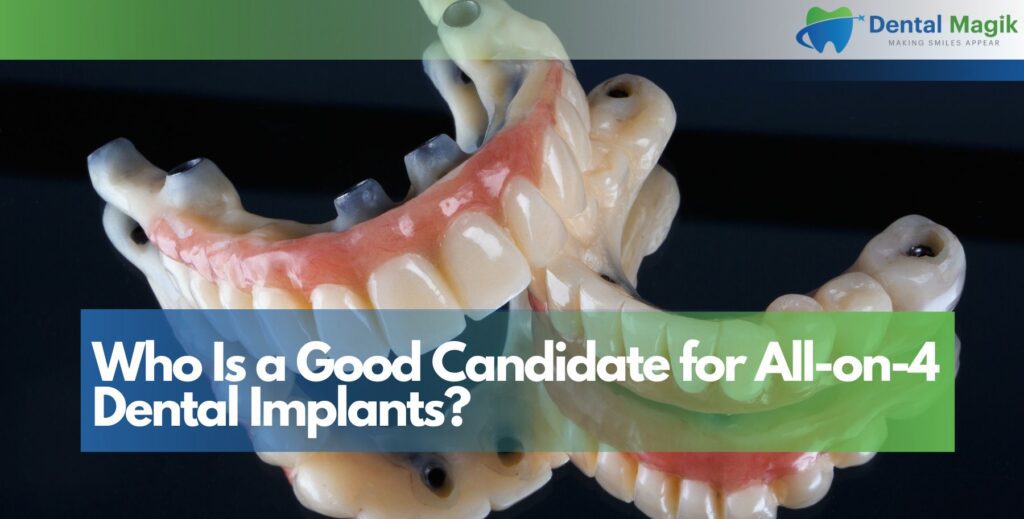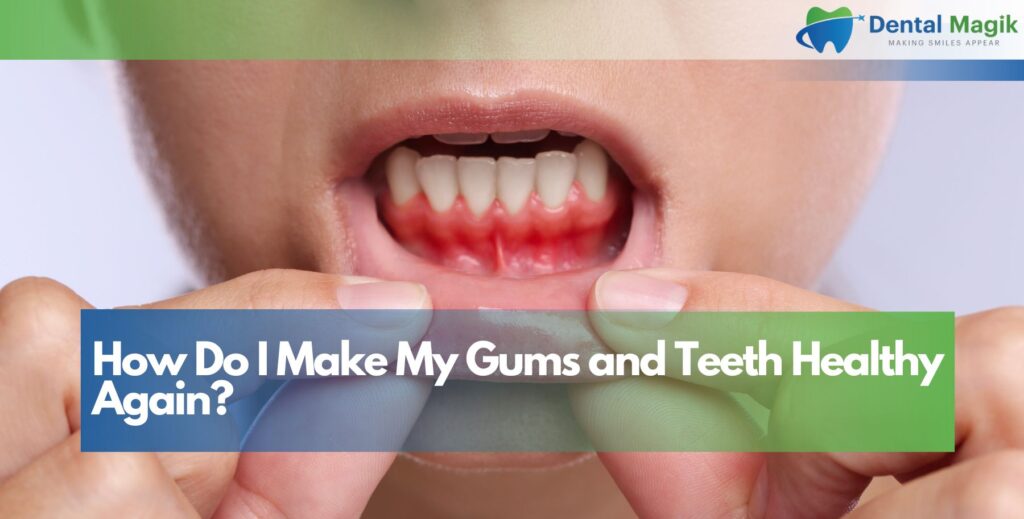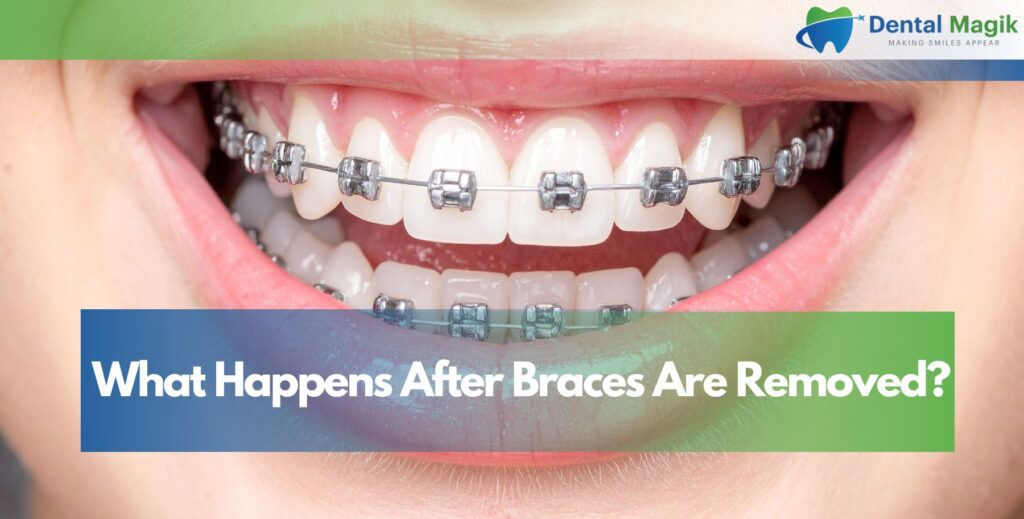Receding gums are a common dental concern that many individuals face as they age. They can lead to various oral health problems, including tooth sensitivity, increased risk of cavities, and even tooth loss in severe cases. As dental treatments continue to evolve, innovative solutions like composite bonding are being explored to address this issue. But can composite bonding help receding gums?
Understanding Receding Gums: Causes and Symptoms
Before exploring whether composite bonding can help with receding gums, it’s important to understand the condition itself. Receding gums refer to the process where the gum tissue surrounding the teeth begins to pull back or wear away, exposing more of the tooth or its root. This can occur in one or more teeth, and it can affect individuals of all ages, though it is more common in adults.
Common Causes of Receding Gums:
Several factors can contribute to gum recession, including:
- Periodontal Disease: The most common cause of receding gums is periodontal disease, which includes gingivitis and periodontitis. Bacterial infections in the gums lead to inflammation, causing the tissue to pull away from the teeth.
- Poor Oral Hygiene Habits: Inadequate brushing or flossing can result in plaque buildup along the gumline. Over time, this plaque can harden into tartar, which irritates the gums, contributing to gum recession.
- Genetics: Some people may be more prone to gum recession due to their genetic makeup. If your family has a history of gum disease or recession, you may be at a higher risk.
- Aggressive Brushing: Brushing too hard or using a hard-bristled toothbrush can damage the gums and cause them to recede over time.
- Hormonal Changes: Hormonal changes during pregnancy, menopause, or puberty can increase the risk of gum recession due to changes in the body’s sensitivity to bacteria and inflammation.
- Tobacco Use: Smoking or chewing tobacco can contribute to gum recession, as it restricts blood flow to the gums and makes them more susceptible to infection.
- Teeth Grinding (Bruxism): Excessive pressure on the teeth from grinding or clenching can cause gum tissue to wear away and recede.
- Misaligned Teeth or Jaw: When teeth are crooked or there is an imbalance in the way the upper and lower teeth meet, it can place undue pressure on the gums, leading to recession.
Symptoms of Receding Gums:
Gum recession doesn’t always show immediate signs. However, some common symptoms include:
- Increased tooth sensitivity to hot or cold temperatures.
- Noticeable longer teeth or visible gaps between the teeth.
- Red or swollen gums that may bleed when brushing or flossing.
- The appearance of exposed tooth roots.
- Bad breath (halitosis) caused by bacterial buildup.
What is Composite Bonding?
Composite bonding is a cosmetic dental procedure in which a tooth-colored resin is applied to the teeth to correct a variety of issues, including cracks, chips, gaps, and discoloration. The material used in composite bonding is made of a mixture of plastic and glass that can be molded to match the natural contours of the tooth, providing a seamless and aesthetically pleasing result.
While composite bonding is commonly used for cosmetic purposes, it can also be used to address functional concerns, such as gaps between teeth or minor tooth decay. In the case of gum recession, composite bonding can be utilized to cover exposed tooth roots and improve the overall appearance of the smile.
How Can Composite Bonding Help with Receding Gums?
Now that we have a clear understanding of both receding gums and composite bonding, let’s explore how composite bonding can potentially help with this dental condition.
1. Covering Exposed Tooth Roots
One of the most noticeable effects of gum recession is the exposure of the tooth roots. This can lead to sensitivity and an unattractive appearance. Composite bonding can be used to cover the exposed roots, offering both cosmetic and functional benefits. The bonding material is applied to the affected area and shaped to match the natural contour of the tooth. This process can help to conceal the exposed root, reducing sensitivity and improving the appearance of the teeth.
2. Improved Aesthetic Appearance
Receding gums can make your teeth look longer and cause gaps between your teeth. Composite bonding can help restore a more natural appearance by filling in these spaces and reshaping the tooth. The bonding material is custom-shaded to blend in with the natural color of your teeth, ensuring a seamless look. This can enhance your overall smile and boost your confidence.
3. Protection Against Further Recession
Although composite bonding cannot reverse gum recession, it can help protect the exposed tooth roots from further damage. By covering the sensitive areas with a durable material, composite bonding can act as a protective barrier against plaque and bacteria. This can help reduce the risk of additional gum recession or decay, offering long-term benefits to the health of your teeth.
4. Minimizing Sensitivity
Exposed tooth roots due to gum recession are often sensitive to hot and cold temperatures, leading to discomfort when eating or drinking. Composite bonding can alleviate this sensitivity by creating a smooth, protective surface over the exposed root. This reduces discomfort and allows individuals to enjoy food and drinks without the same level of sensitivity.
5. Non-invasive and Quick Procedure
Composite bonding is a relatively non-invasive procedure, meaning it doesn’t require the removal of healthy tooth structure. Unlike other treatments for receding gums, such as gum grafting, composite bonding is quicker and less invasive. The procedure can usually be completed in a single visit, making it an appealing option for those looking for a fast solution.
Benefits of Composite Bonding for Receding Gums
When compared to other treatment options for gum recession, composite bonding offers several unique benefits:
1. Minimal Recovery Time
Unlike gum grafting or surgery, composite bonding has little to no recovery time. Patients can resume normal activities immediately after the procedure, making it a convenient option for those with busy schedules.
2. Cost-Effective
Composite bonding is generally more affordable than other procedures, such as gum grafting or dental veneers. For individuals looking for a more budget-friendly option to address receding gums, composite bonding may be an ideal choice.
3. Conservative Treatment
Composite bonding is a conservative treatment, meaning that it preserves the natural tooth structure. This is an advantage over more invasive treatments, which may require the removal of healthy tissue or bone. Composite bonding offers a less disruptive approach to treating gum recession while still providing noticeable results.
4. Customizable to Your Needs
One of the standout features of composite bonding is its ability to be molded and shaped to match the natural contours of your teeth. This makes it a highly customizable solution for individuals with gum recession, as the bonding material can be tailored to the specific needs of each patient.
5. Long-lasting Results
With proper care, composite bonding can provide long-lasting results. While it may need occasional touch-ups over time, the material is durable and can withstand everyday wear and tear.
Alternatives to Composite Bonding for Receding Gums
While composite bonding can be an effective solution for gum recession, it’s important to consider other treatment options. Depending on the severity of the recession and individual needs, other treatments may be more appropriate. Some common alternatives include:
1. Gum Grafting
Gum grafting is a surgical procedure where healthy gum tissue is taken from another area of the mouth (or from a donor site) and grafted onto the receded area. This procedure is ideal for severe gum recession and aims to restore both the function and appearance of the gums. However, it requires a longer recovery time and may be more expensive than composite bonding.
2. Scaling and Root Planing
For early-stage gum recession caused by gum disease, scaling and root planing may be recommended. This deep cleaning procedure removes plaque and tartar from below the gumline and smooths the tooth roots to promote healing.
3. Laser Therapy
Laser gum therapy is a non-invasive option for treating gum recession. It uses a laser to remove infected tissue and stimulate the growth of new gum tissue. This option may be suitable for individuals with mild to moderate gum recession.
Conclusion
Composite bonding can be a helpful tool in addressing the cosmetic aspects of receding gums, particularly when it comes to covering exposed tooth roots, improving aesthetics, and minimizing tooth sensitivity. However, it is important to note that composite bonding does not address the root causes of gum recession, such as periodontal disease or aggressive brushing, and it may not be a suitable solution for more severe cases of gum recession.
If you’re considering composite bonding for your receding gums, it’s essential to consult with a dentist who can assess your specific needs and recommend the best treatment plan. If you’re located in East Brunswick, NJ, and are looking for expert dental care, Dental Magik offers comprehensive dental services that can help address gum recession and improve your smile. Reach out to Dental Magik, your trusted Dentist in East Brunswick, NJ, to explore how composite bonding or other treatment options can help you achieve optimal oral health.

